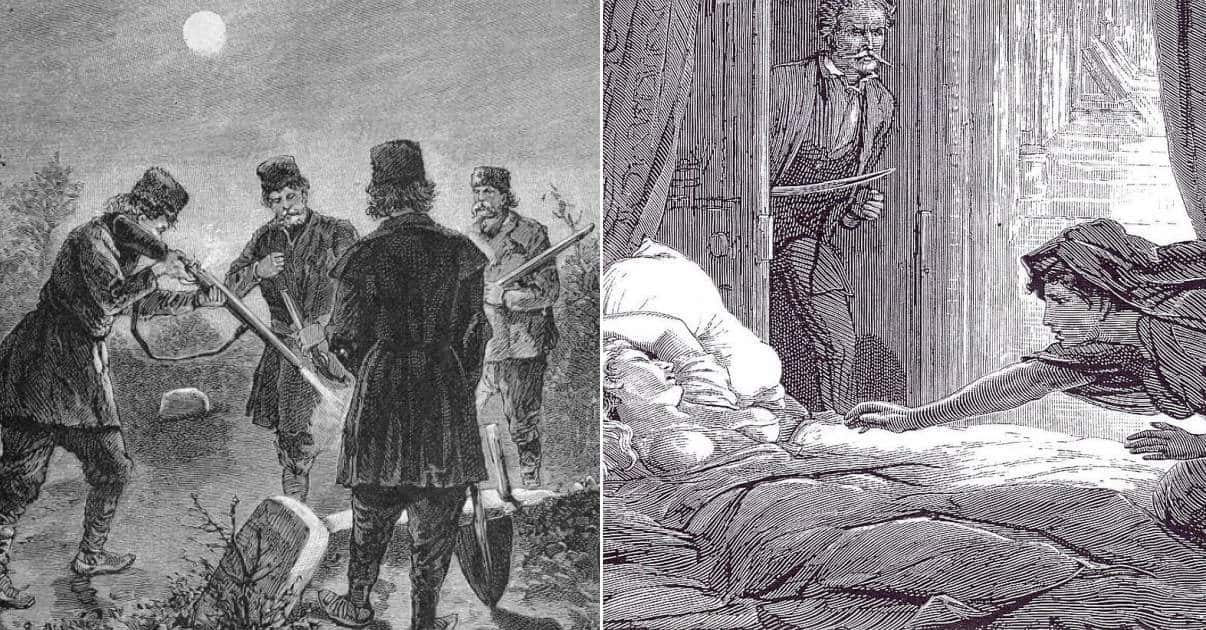When the first European settlers arrived in North America, they found a place that was in many ways frightening. For people coming from the cities and villages of Europe, the new continent seemed wild and unsettled. And the endless, dark forests were a source of terrors both real and imagined. The threat of attack from the native people resisting encroachment on their traditional lands was always present. But in the imagination of the settlers, the woods also held more supernatural secrets. The woods were often seen as a place where witches and demons gathered to hold dark rituals.
And as Europeans settled on the continent, they also brought other superstitions from home that took root in their subconscious and were fed by their unease at the new surroundings. And one of the most enduring myths of the old world was that corpses could rise from the grave and return to feed on the blood of the living. This creature had many names in European folklore: the revenant, the aptganger, or- perhaps most famously- the vampire. The vampire was seen not as a fictional character, but as a very real threat. And that fear of the living dead persisted in the New World for centuries.

But by the late 1800’s, most of the United States had moved on from its belief in vampires. Even at the time, the idea was seen as a relic of an early, less enlightened period. At least that seemed to be the case everywhere but New England. In the rural areas of Vermont and Rhode Island, the belief that the dead could rise and haunt the living persisted. And in the middle of the century, that fear came to a head when the “New England Vampire Panic” led to hundreds of corpses being dug up and mutilated.
It’s odd to think that in a time shortly after a period known as “the Enlightenment” where science and reason became a serious force in public life, New Englanders could be so convinced that vampires were prowling around their houses at night. But in many ways, the area where the Vampire Panic occurred was a fertile breeding ground for these kinds of superstitions. Unlike the rest of New England, a place of strong puritan traditions, the more rural communities in the area held on strongly to some unorthodox beliefs. They frequently did things like hanging horseshoes in windows to ward off evil and visiting miracle healing springs.

Missionaries from other communities in New England who visited these areas often complained that these superstitions seemed to have more sway among the people than the teachings of the Christian church and that no matter how hard they tried, they couldn’t convince their flock to abandon these notions. These ideas undoubtedly played a role in the Vampire Panic, but we can’t blame the whole thing on superstition. Instead, there were a number of different factors that led people to dig up their friends and relatives. So, what happened during the Vampire Panic and what was behind it?

